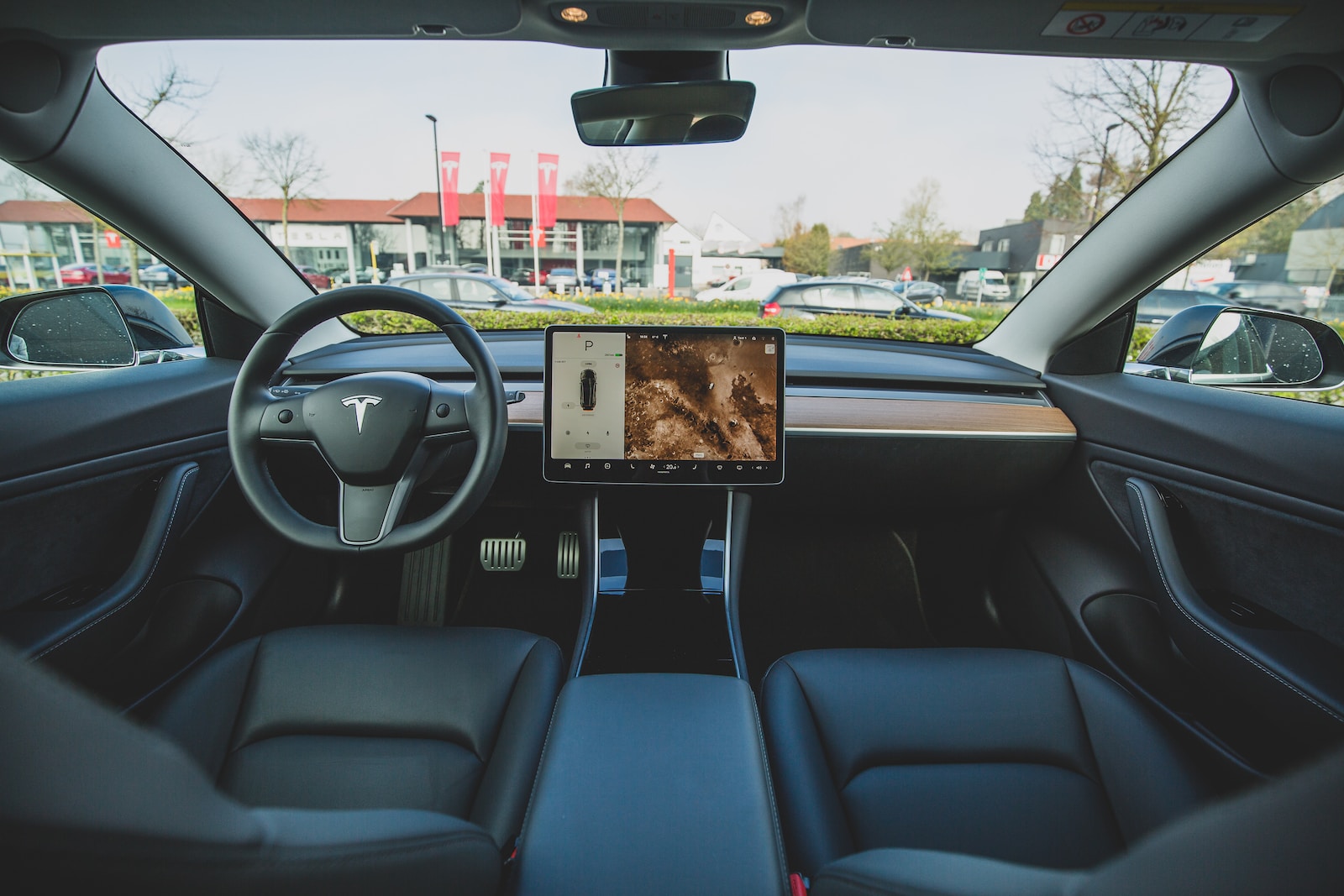
Introduction
The advent of autonomous vehicles marks a significant turning point in transportation history. With the potential to revolutionize how we move people and goods, autonomous vehicles, or self-driving cars, have captured the imagination of individuals and industries alike. This article delves into the opportunities and challenges presented by autonomous vehicles, exploring their potential benefits and the complex road ahead as society navigates toward a driverless future.
Opportunities
1. Enhanced Road Safety:
Perhaps the most compelling advantage of autonomous vehicles is the potential to significantly reduce road accidents and fatalities. With human error accounting for the majority of traffic accidents, self-driving cars, equipped with advanced sensors and artificial intelligence, promise to operate with heightened awareness, react faster to unexpected situations, and follow traffic rules meticulously.
2. Increased Mobility and Accessibility:
Autonomous vehicles hold the promise of providing enhanced mobility options, especially for individuals with disabilities and the elderly. Self-driving cars can offer a newfound sense of independence and freedom to those who may have faced transportation challenges previously. Moreover, shared autonomous vehicles can optimize the use of existing infrastructure, reducing traffic congestion and easing the burden on public transportation systems.
3. Efficiency and Productivity:
By reducing traffic congestion and optimizing routes, autonomous vehicles have the potential to make transportation more efficient. Commuters can use travel time more productively, engaging in work, leisure activities, or relaxation during their journeys. Additionally, businesses can benefit from more efficient logistics and delivery services, leading to cost savings and improved customer satisfaction.
4. Environmental Benefits:
The integration of electric and autonomous technologies presents an opportunity to mitigate the environmental impact of transportation. As the shift towards electric autonomous vehicles gains momentum, there is potential for reduced greenhouse gas emissions and improved air quality, contributing to global efforts to combat climate change.
Challenges
1. Safety and Liability Concerns:
Despite the promises of enhanced safety, the public remains rightfully concerned about the reliability and trustworthiness of autonomous vehicles. Accidents involving self-driving cars have raised questions about liability and responsibility, as determining fault may become more complex when human drivers are not involved. Striking the right balance between innovation and safety will be essential for gaining public trust in autonomous vehicles.
2. Legal and Regulatory Hurdles:
The introduction of autonomous vehicles necessitates robust legal and regulatory frameworks to address liability, privacy, data security, and licensing requirements. Governments and policymakers face the challenge of developing comprehensive and standardized regulations that foster innovation while ensuring public safety.
3. Ethical Dilemmas:
Autonomous vehicles will face ethical dilemmas when confronted with complex situations where harm is inevitable. For example, in emergencies, self-driving cars may need to make split-second decisions about whom to protect. Resolving these ethical dilemmas raises profound questions about the moral implications of artificial intelligence and the responsibility of developers and manufacturers.
4. Job Displacement:
The widespread adoption of autonomous vehicles may lead to job displacement in industries such as driving, transportation, and logistics. Preparing the workforce for this shift and implementing measures for reskilling and upskilling will be crucial to minimizing the impact on livelihoods.
Conclusion
The rise of autonomous vehicles presents a transformative and promising future for transportation. The opportunities for improved road safety, increased mobility, efficiency, and environmental benefits are compelling prospects that drive the excitement surrounding self-driving cars. However, alongside these opportunities come significant challenges that require careful consideration and thoughtful solutions.
The successful integration of autonomous vehicles into society will depend on collaboration between the public and private sectors, robust regulations, and a commitment to addressing ethical, safety, and liability concerns. As the technology advances and our understanding of its potential deepens, society must navigate this road carefully, ensuring that the benefits of autonomous vehicles are equitably distributed, and the challenges are met with innovation and foresight. Ultimately, the journey toward a driverless future will require a collective effort to shape a transportation landscape that is safer, more accessible, and sustainable for all.





https://shorturl.fm/Wgyms
https://shorturl.fm/chbSy
https://shorturl.fm/eX67P